Niantic Special Projects, 2019
A rare exploratory R&D project partnering Punchdrunk, a immersive theatre company and Niantic, experts in augmented reality (AR) and the Pokemon Go creators, were we explored designing a gamified theatrical real world experience.
You may also like
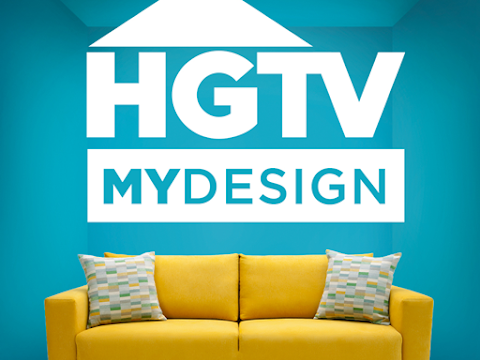
Jam City HGTV: MyDesign 2022
2022

EA Maxis Game Engine, 2023
2023
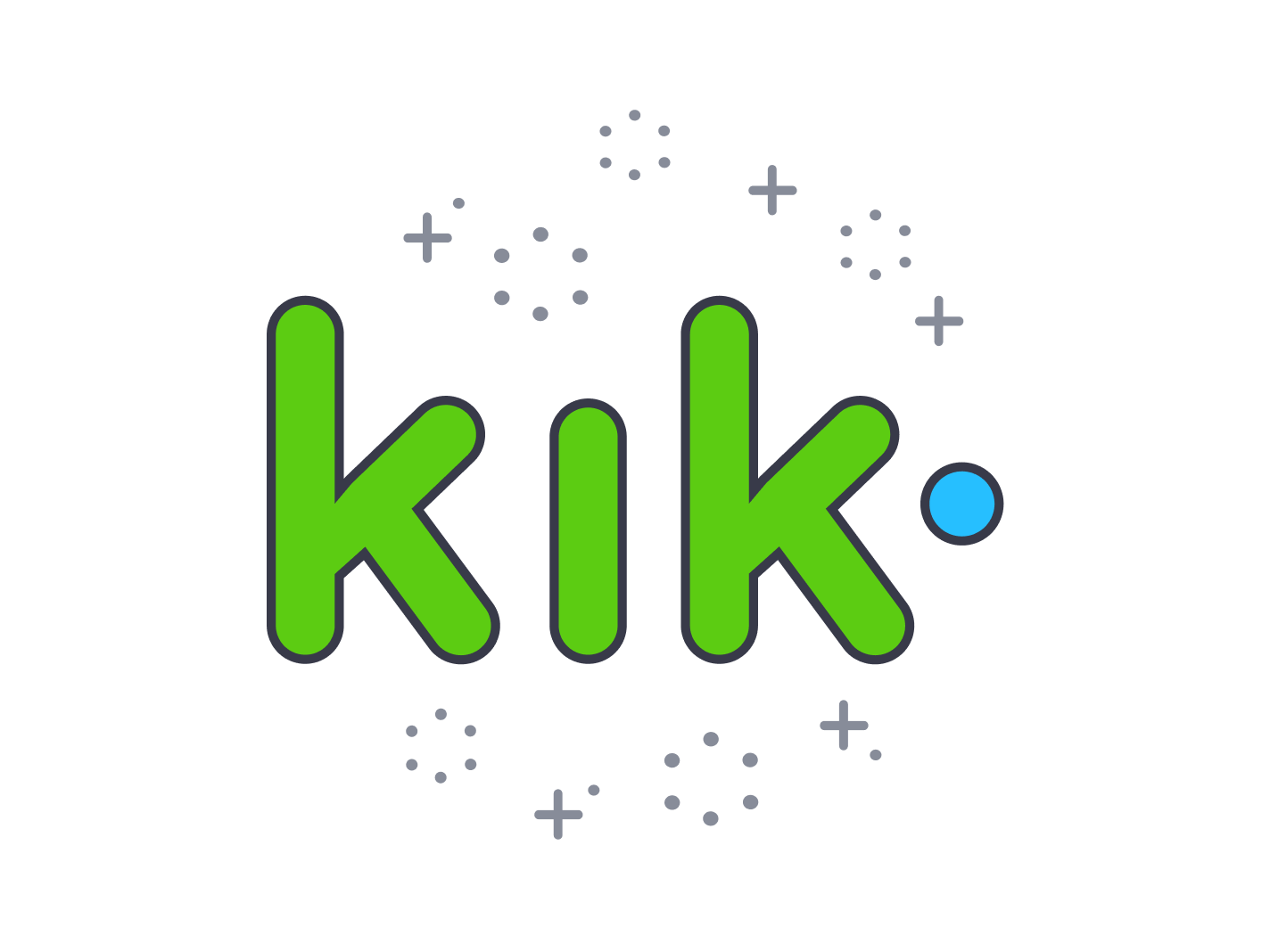
Kik, 2024
2024
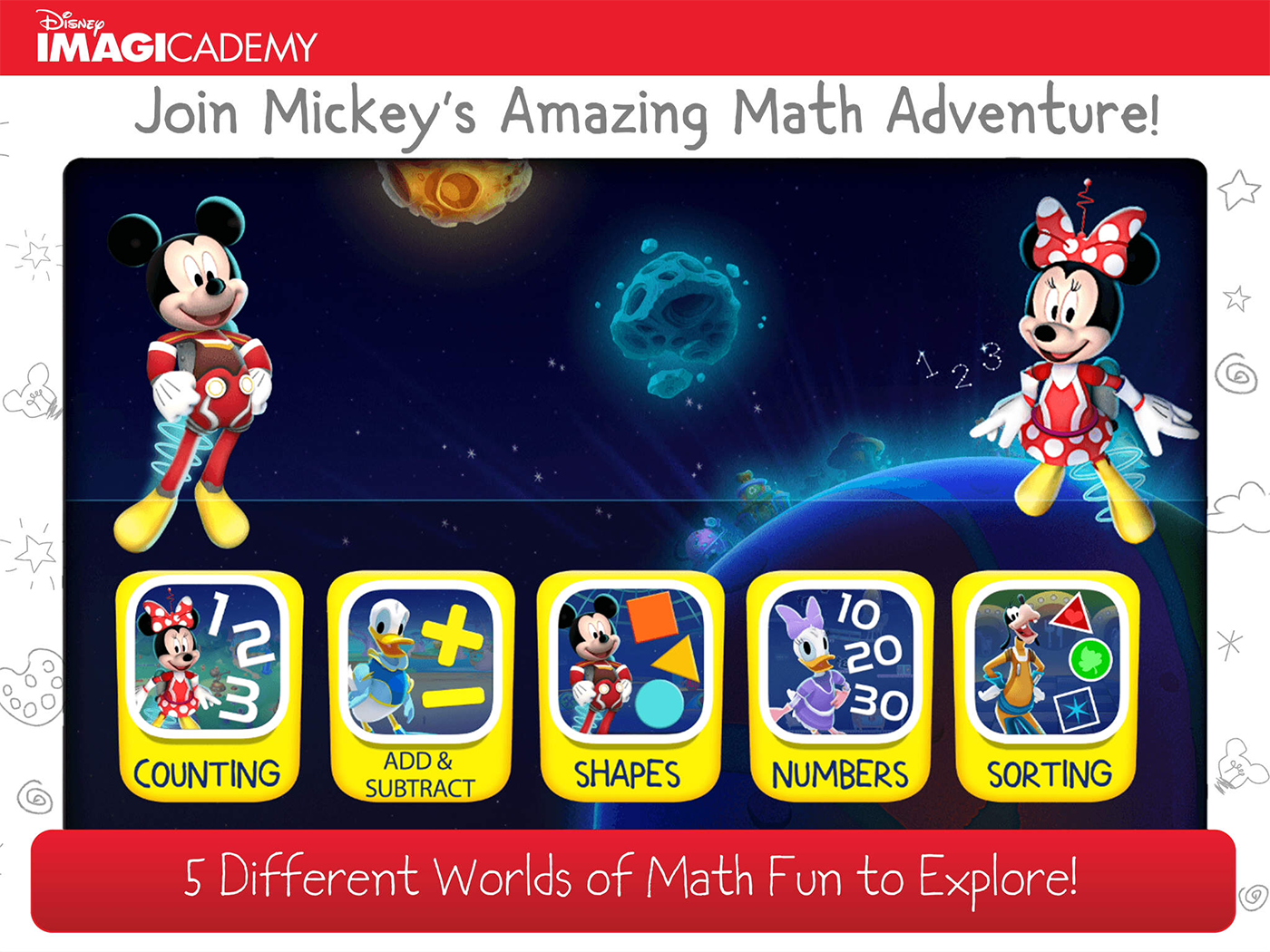
Disney Imagicademy Math World, 2015
2017

The Mansion on Sutter & The 1881 San Francisco,2019
2019

Magic's Spellslingers 2019
2019
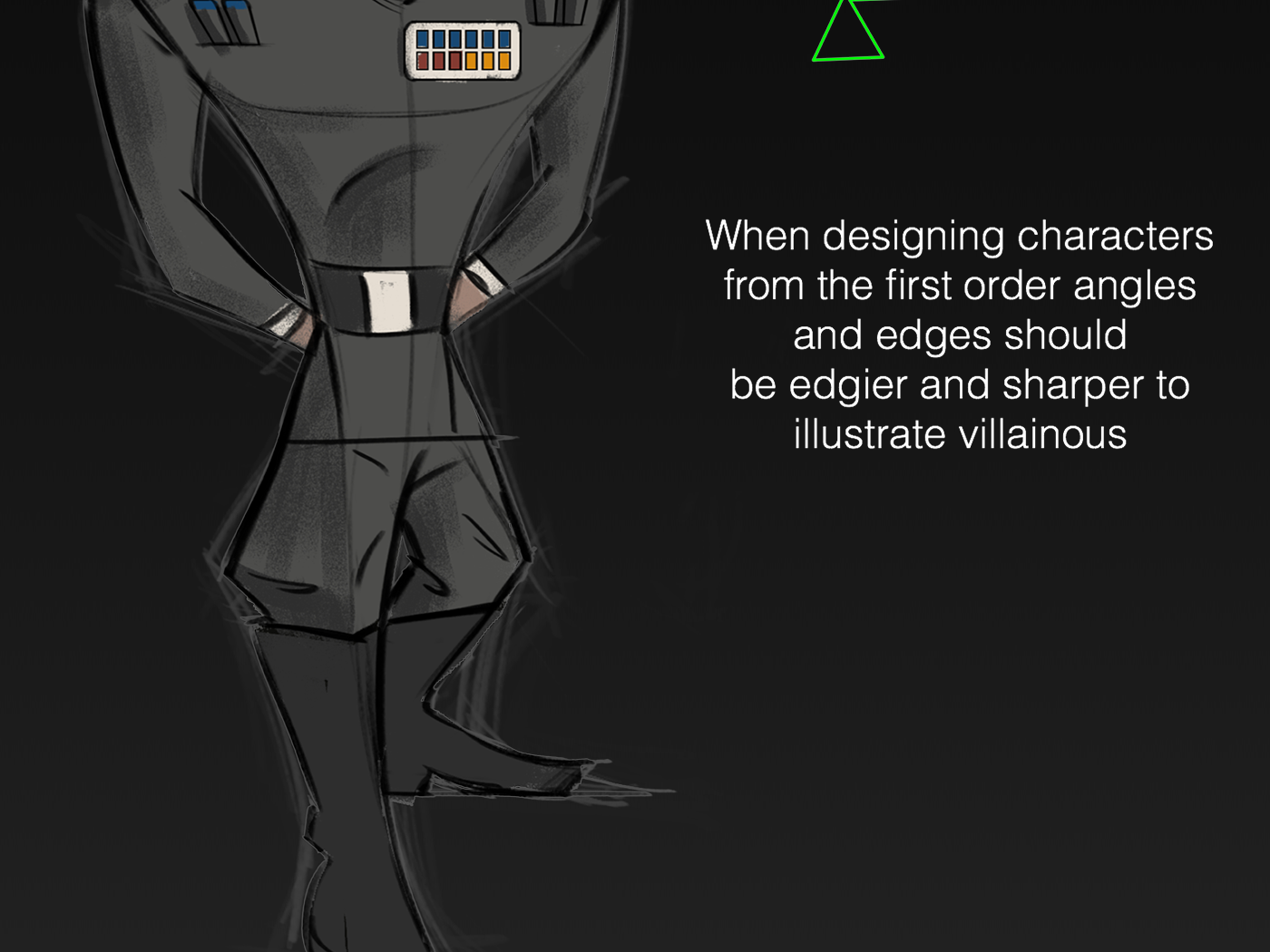
Character Design
2017
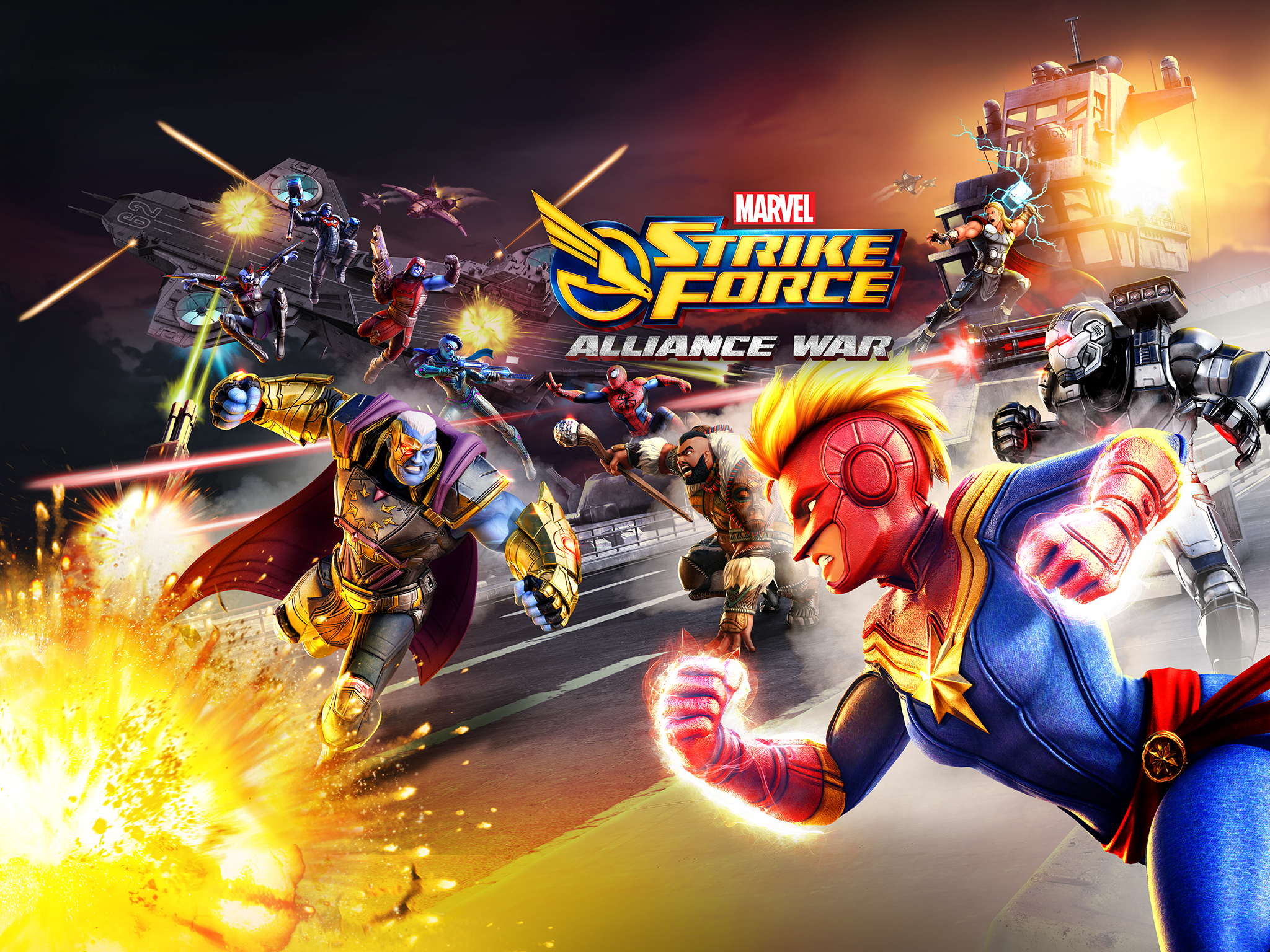
Marvel Strike Force: Alliance War, 2019
2019

Playstation World War Toons, 2017
2017

Sketches/ Personal
2004
